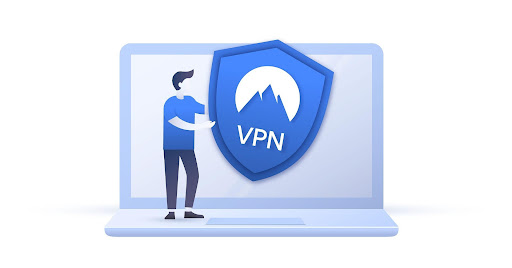According to The Journal of Accountancy, cybercriminals exploit various industries either to fulfill a need or to satisfy their greed. In this scenario, there are three essential factors that motivate perpetrators to commit crimes; a motive, their rationalization, and an opportunity. For this reason, modern-day corporations must opt for innovative digital solutions such as customer due diligence for risk assessment of new clients. The following sections go in-depth about risk evaluations and essential scoring factors.
Complete Procedure Behind Risk Assessments
The primary objective behind fraud risk evaluations is to deal with loopholes in the defense mechanisms of any business against all kinds of scams. Internal fraud comprises misappropriation of assets & embezzlement, whereas external scams include data privacy breaches and Account Takeover Fraud (ATO).
Perpetrators normally target the loopholes in the internal systems of a corporation. To identify shortcomings in security systems and calculate risks, customer due diligence is mandatory for all organizations.
Service providers can personalize risk assessment systems as per the needs of modern-day industries and their operations. Companies’ management teams that are responsible for their departments must experience customer due diligence by testing the company’s fraud exposure. It is certain that there will always be changes in the internal and external business environment, and professionals must perform risk assessments regularly for ultimate security. The latest customer due diligence and fraud risk assessment must address four essential areas:
Checking Asset Misappropriation
Primarily, fraudsters can embezzle inventories, cash, and business assets for malicious purposes. Misuse of assets has a broader meaning than usually understood, workers who use company equipment for personal gain are pilfering the supplies.
Scrutinizing Financial & Non-Financial Reporting
Several inconsistencies between the non-financial and financial data can result in internal fraud. The management can commit crimes by overstating yearly revenues, company assets, and profits. Nonetheless, risk assessment and customer due diligence systems can accurately monitor business performance indicators. For instance, the innovative process can keep a record of the number of clients’ accounts, stores, and bank statements.
Identifying Illegal Acts
Performing audits with the latest tools can help professionals keep track of data regarding scams and types of fraud a business usually faces. In this light, executing customer due diligence systems can help businesses to identify and mitigate fraud in real time.
Performing Risk Scoring for Customers
Risk scoring empowers businesses to identify risky customers that can threaten businesses. A risk scorecard serves two important purposes. It is a:
- Form that has essential data on customers for the risk assessment process.
- Model that inputs all the information and converts it into a score.
The scorecards can change depending on businesses because all corporations have diverse clientele. In this light, the risk scores of customers are also different. Besides KYC data, risk scorecards must include information on the sources of funds, the nature of business partnerships, & the PEPs status.
Risk Scoring Factors
The following section highlights various risk-scoring elements that professionals must keep in mind while performing customer due diligence:
Jurisdiction-Based Risk
Businesses that operate in high-risk locations must validate the identities of their customers in depth. For this reason, professionals must implement enhanced due diligence procedures and not customer due diligence for risk evaluation.
Source of Funds
The risk associated with money can be detrimental to modern-day businesses. For enterprises that want to establish strong relationships with their high-risk consumers, such organizations must validate all sources of income. This approach will help businesses create a strong risk profile.
Watch List Risk
The risk with the customers that are on global watchlists and financial crime databases is a red flag for entrepreneurs. Onboarding such types of high-risk clients can be detrimental to corporations. Hence, screening consumers through customer due diligence and risk assessment systems is essential for organizations.
Legal Structure & Ownership Risk
The risk linked with the legal structure of a client depends upon its private/public status. The risk examination system highlights if the customer has public or private standing. After this, the procedure searches the concerned legal structure from the data. This approach helps business experts create an accurate risk profile of the entity.
Performing Ongoing Supervision for Gathering Valuable Risk Insights
Politically Exposed Persons (PEPs) & money launderers are a high risk to modern-day companies in several ways. For fraud prevention, all organizations must calculate the risk scores of new clients during customer onboarding. Experts must evaluate the credentials of high-risk consumers thoroughly, ensuring compliance with Anti-Money Laundering (AML) obligations. In this light, ongoing monitoring plays an important role in AML control procedures to deal with high-risk entities. Various data sources such as PEPs lists, global watchlists, and financial crime databases are conveniently accessible for experts to screen their clients and create risk profiles.
Concluding Remarks
Working with third-party service providers can help industries to implement IDV & anti-money laundering solutions while helping corporations follow international regulations. The progressive approach helps companies validate customers’ IDs by analyzing their data in real time. The implementation of customer due diligence can help businesses create risk profiles and calculate scores for active fraud prevention. The innovative solutions produce high-quality results in real time and protect organizations from external attacks.







